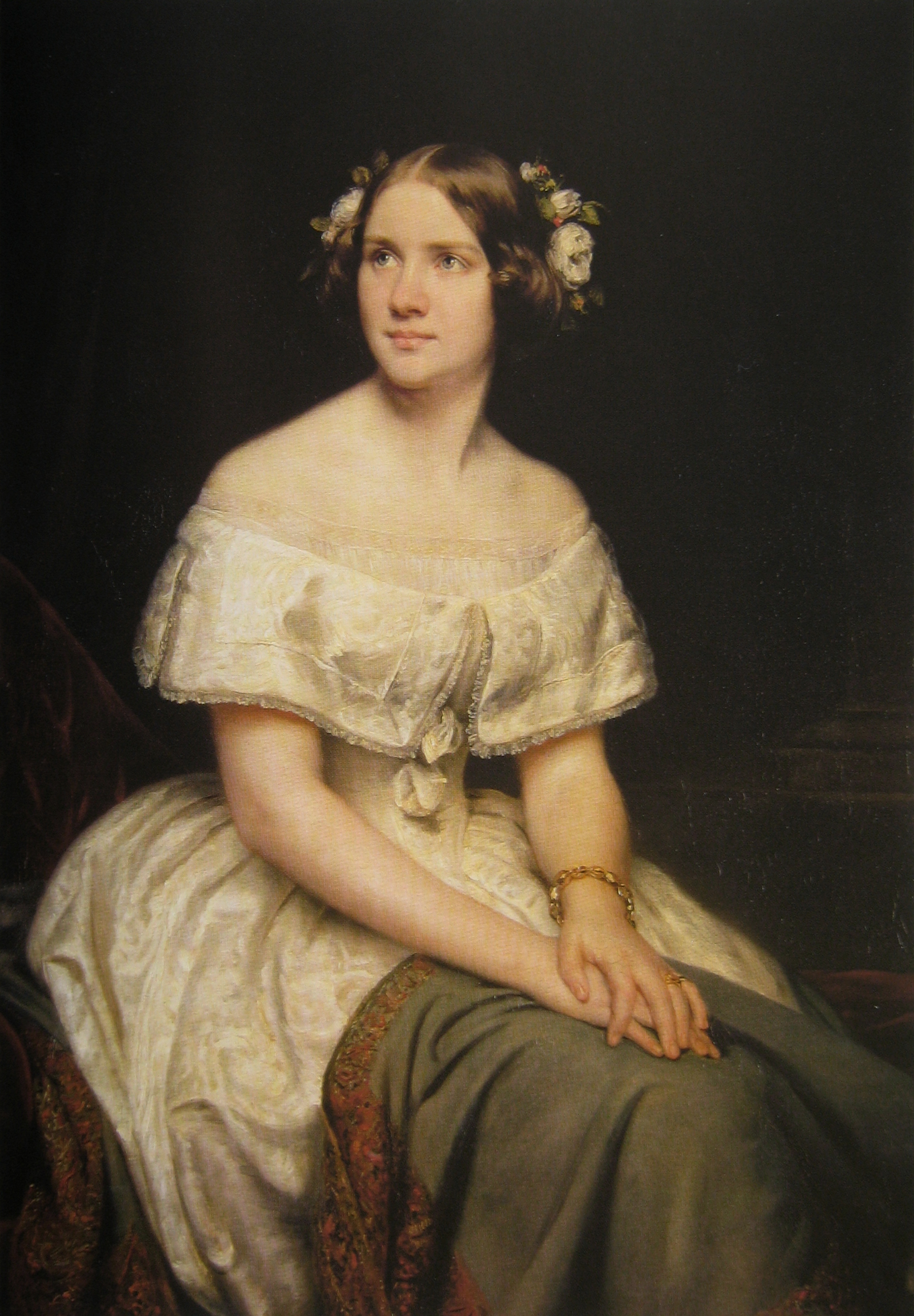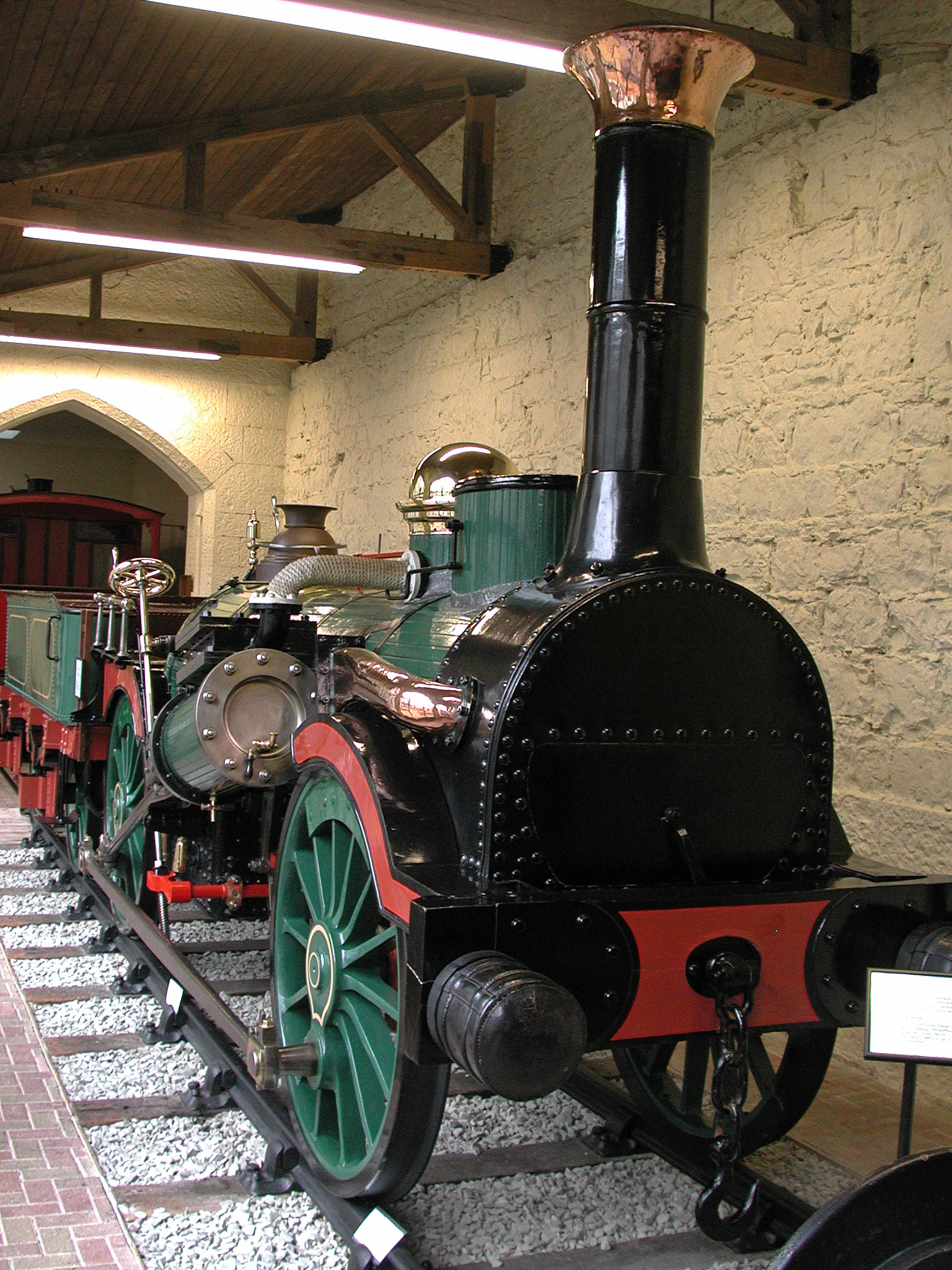|
Padarn Railway
The Padarn Railway was a narrow gauge railway in North Wales, built to the unusual gauge of . It carried slate from Dinorwic Quarry to Port Dinorwic. The line opened on 3 March 1843, replacing the Dinorwic Railway. It initially used horses, but was converted to steam haulage on 23 November 1848. The railway was formally titled the Dinorwic Quarries Railway or Dinorwic Quarry Railway, but informally "Padarn Railway" was widely used. The railway officially closed on 3 November 1961. The locomotive ''Dinorwic'' performed the last practical services by hauling the track-lifting trains. Transporter wagons An unusual feature of the railway was the transporter wagons, also referred to as "Host wagons" and to the workmen by the English names "Big Cars" or "Large Trolleys". These gauge vehicles were flat wagons with two parallel "Quarry Gauge" – – tracks on them. Without loads these vehicles resembled modern day "Container Flats". Loaded Quarry Gauge slate wagons were wheeled ... [...More Info...] [...Related Items...] OR: [Wikipedia] [Google] [Baidu] |
Wales
Wales ( cy, Cymru ) is a Countries of the United Kingdom, country that is part of the United Kingdom. It is bordered by England to the Wales–England border, east, the Irish Sea to the north and west, the Celtic Sea to the south west and the Bristol Channel to the south. It had a population in 2021 of 3,107,500 and has a total area of . Wales has over of coastline and is largely mountainous with its higher peaks in the north and central areas, including Snowdon (), its highest summit. The country lies within the Temperateness, north temperate zone and has a changeable, maritime climate. The capital and largest city is Cardiff. Welsh national identity emerged among the Celtic Britons after the Roman withdrawal from Britain in the 5th century, and Wales was formed as a Kingdom of Wales, kingdom under Gruffydd ap Llywelyn in 1055. Wales is regarded as one of the Celtic nations. The Conquest of Wales by Edward I, conquest of Wales by Edward I of England was completed by 1283, th ... [...More Info...] [...Related Items...] OR: [Wikipedia] [Google] [Baidu] |
Gloucester Railway Carriage And Wagon Company
Gloucester Railway Carriage and Wagon Company (GRC&W) was a railway rolling stock manufacturer based in Gloucester, England from 1860 until 1986. Products included goods wagons, passenger coaches, diesel multiple units, electric multiple units and various special-purpose vehicles. The company supplied the original fleet of red trains for the Toronto Subway, which were based upon similar vehicles to the London Underground. The company also produced pivoting sections for the Mulberry Harbour for the British War Office 1944. 19th century The company was formed at a meeting of 30 January 1860 with an initial capital of £100,000 in 10,000 shares of £10 each. The first general manager was Isaac Slater. A works was established in 1860, producing over 300 wagons in the first year. Through the latter part of the 19th century, the company manufactured wagons and carriages. In 1887 it was renamed the ''Gloucester Railway Carriage and Wagon Company'' from the ''Gloucester Wagon Compan ... [...More Info...] [...Related Items...] OR: [Wikipedia] [Google] [Baidu] |
Pandora (locomotive)
In Greek mythology, Pandora (Greek: , derived from , ''pān'', i.e. "all" and , ''dōron'', i.e. "gift", thus "the all-endowed", "all-gifted" or "all-giving") was the first human woman created by Hephaestus on the instructions of Zeus. As Hesiod related it, each god cooperated by giving her unique gifts. Her other name—inscribed against her figure on a white-ground ''kylix'' in the British Museum—is Anesidora ( grc, Ἀνησιδώρα), "she who sends up gifts" (''up'' implying "from below" within the earth). The Pandora myth is a kind of theodicy, addressing the question of why there is evil in the world, according to which, Pandora opened a jar (''pithos'') (commonly referred to as "Pandora's box") releasing all the evils of humanity. It has been argued that Hesiod's interpretation of Pandora's story went on to influence both Jewish and Christian theology and so perpetuated her bad reputation into the Renaissance. Later poets, dramatists, painters and sculptors made her ... [...More Info...] [...Related Items...] OR: [Wikipedia] [Google] [Baidu] |
Hunslet Engine Company
The Hunslet Engine Company is a locomotive-building company, founded in 1864 in Hunslet, England. It manufactured steam locomotives for over 100 years and currently manufactures diesel shunting locomotives. The company is part of Ed Murray & Sons. History The early years 1864–1901 The company was founded in 1864 at Jack Lane in Hunslet by John Towlerton Leather, a civil engineering contractor, who appointed James Campbell (son of Alexander Campbell, a Leeds engineer) as his works manager. The first engine was completed in 1865. It was ''Linden'', a standard gauge delivered to Brassey and Ballard, a railway civil engineering contractor as were several of the firm's early customers. Other customers included collieries. This basic standard gauge shunting and short haul "industrial" engine was to be the main-stay of Hunslet production for many years. In 1871, James Campbell bought the company for £25,000 (payable in five instalments over two years) and the firm remained ... [...More Info...] [...Related Items...] OR: [Wikipedia] [Google] [Baidu] |
Dinorwic (locomotive) , a pumped-storage hydroelectric powerstation near Dinorwig in Wales.
{{disambiguation ...
Dinorwic, also spelled Dinorwig, is the anglicised form of the Welsh name ''Dinorwig'', a village in Wales. It may also refer to: * Dinorwic quarry, a former slate quarry near Dinorwig, Wales * Dinorwic, Ontario, a community in Canada * Dinorwic (crater), a crater on Mars, named after the Canadian settlement See also * Dinorwig Power Station The Dinorwig Power Station (; ), known locally as Electric Mountain, or Mynydd Gwefru, is a pumped-storage hydroelectric scheme, near Dinorwig, Llanberis in Snowdonia national park in Gwynedd, north Wales. The scheme can supply a maximum power ... [...More Info...] [...Related Items...] OR: [Wikipedia] [Google] [Baidu] |
Jenny Lind (locomotive)
Johanna Maria "Jenny" Lind (6 October 18202 November 1887) was a Swedish opera singer, often called the "Swedish Nightingale". One of the most highly regarded singers of the 19th century, she performed in soprano roles in opera in Sweden and across Europe, and undertook an extraordinarily popular concert tour of the United States beginning in 1850. She was a member of the Royal Swedish Academy of Music from 1840. Lind became famous after her performance in ''Der Freischütz'' in Sweden in 1838. Within a few years, she had suffered vocal damage, but the singing teacher Manuel García (baritone), Manuel García saved her voice. She was in great demand in opera roles throughout Sweden and northern Europe during the 1840s, and was closely associated with Felix Mendelssohn. After two acclaimed seasons in London, she announced her retirement from opera at the age of 29. In 1850, Lind went to America at the invitation of the showman P. T. Barnum. She gave 93 large-scale concerts for ... [...More Info...] [...Related Items...] OR: [Wikipedia] [Google] [Baidu] |
Penrhyn Castle
Penrhyn Castle ( cy, Castell Penrhyn) is a country house in Llandygai, Bangor, Wales, Bangor, Gwynedd, North Wales, North Wales, constructed in the style of a Norman architecture, Norman castle. The Penrhyn estate was founded by Ednyfed Fychan. In the 15th century his descendent Gwilym ap Griffith built a fortified manor house on the site. In the 18th century, the Penrhyn estate came into the possession of Richard Pennant, 1st Baron Penrhyn, in part from his father, a Liverpool merchant, and in part from his wife, Ann Susannah Pennant née Warburton, the daughter of an army officer. Pennant derived great wealth from his ownership of slave plantations in the West Indies and was a strong opponent of Abolitionism in the United Kingdom, attempts to abolish the slave trade. His wealth was used in part for the development of the Slate industry in Wales, slate mining industry on Pennant's Caernarfonshire estates, and also for development of Penrhyn Castle. In the 1780s Pennant commissi ... [...More Info...] [...Related Items...] OR: [Wikipedia] [Google] [Baidu] |
Penrhyn Castle Railway Museum
The Penrhyn Castle Railway Museum ( cy, Amgueddfa Rheilffordd Castell Penrhyn) is a museum of industrial railway equipment, located at Penrhyn Castle near Bangor in Wales. In the nineteenth century, Penrhyn Castle was the home of the Pennant family (from 1840, the Douglas-Pennants), owners of the Penrhyn slate quarry at Bethesda. The quarry was closely associated with the development of industrial narrow-gauge railways, and in particular the Penrhyn Quarry Railway (PQR), one of the earliest industrial railways in the world. The PQR ran close to Penrhyn Castle, and when the castle was bequeathed to the National Trust in 1951 a small museum of industrial railway relics was created in the stable block. The first locomotive donated to the museum was ''Charles'', one of the three remaining steam locomotives working on the PQR. Over the years a number of other historically significant British narrow-gauge locomotives and other artifacts have been added to the collection. Locomot ... [...More Info...] [...Related Items...] OR: [Wikipedia] [Google] [Baidu] |
Fire Queen
''Fire Queen'' is an early steam locomotive built by A. Horlock and Co in 1848 for the Padarn Railway. It is the only surviving locomotive from that railway, and it is preserved at the Penrhyn Castle Railway Museum. History ''Fire Queen'' was one of two identical locomotives built for the Padarn Railway, which connected the Dinorwic Quarry near Llanberis in north Wales with the port at Y Felinheli. The railway was opened in 1840 using horses to pull the slate trains. It replaced the even earlier Dinorwic Railway which opened in 1824. The two locomotives, ''Fire Queen'' and ''Jenny Lind'', were built by marine engineers A. Horlock and Co. They were the only railway locomotives built by this company. The locomotives were based on an 1847 patent of Thomas Crampton, which specified a locomotive with driving wheels positioned at the ends of the boiler driven by steeply inclined cylinders placed between the wheels. The locomotives lacked a frame, and the wheels and cylinders were ... [...More Info...] [...Related Items...] OR: [Wikipedia] [Google] [Baidu] |
Bethel Token
Bethel ( he, בֵּית אֵל, translit=Bēṯ 'Ēl, "House of El" or "House of God",Bleeker and Widegren, 1988, p. 257. also transliterated ''Beth El'', ''Beth-El'', ''Beit El''; el, Βαιθήλ; la, Bethel) was an ancient Israelite sanctuary frequently mentioned in the Hebrew Bible. Bethel is first referred to in the bible as being near where Abram pitched his tent. Later, Bethel is mentioned as the location where Jacob dreams of a ladder leading to heaven, and which he therefore named Bethel, "House of God". The name is further used for a border city located between the territory of the Israelite tribe of Benjamin and that of the tribe of Ephraim, which first belonged to the Benjaminites and was later conquered by the Ephraimites. In the 4th century CE, Eusebius of Caesarea and Jerome described Bethel as a small village that lay 12 Roman miles north of Jerusalem, to the right or east of the road leading to Neapolis.Robinson and Smith, 1856, pp. 449–450. Most scholar ... [...More Info...] [...Related Items...] OR: [Wikipedia] [Google] [Baidu] |
Penllyn Oval
Penllyn may refer to the following places: United States *Penllyn, a village in Lower Gwynedd Township, Montgomery County, Pennsylvania Wales *Penllyn, Gwynedd, a former civil parish in Gwynedd (1894-1974) *Penllyn, Vale of Glamorgan, a village and community in the Vale of Glamorgan *Penllyn (cantref) Penllyn (head of the lake i.e. Bala Lake or ) was a medieval cantref originally in the Kingdom of Powys but annexed to the Kingdom of Gwynedd. It consisted of the commotes () of Edeyrnion, Dinmael, and ( signifying 'below' and 'above' the Rive ..., an ancient cantref of Gwynedd See also * Penllyn railway station (other) {{disambiguation, geo ... [...More Info...] [...Related Items...] OR: [Wikipedia] [Google] [Baidu] |
.jpg)






